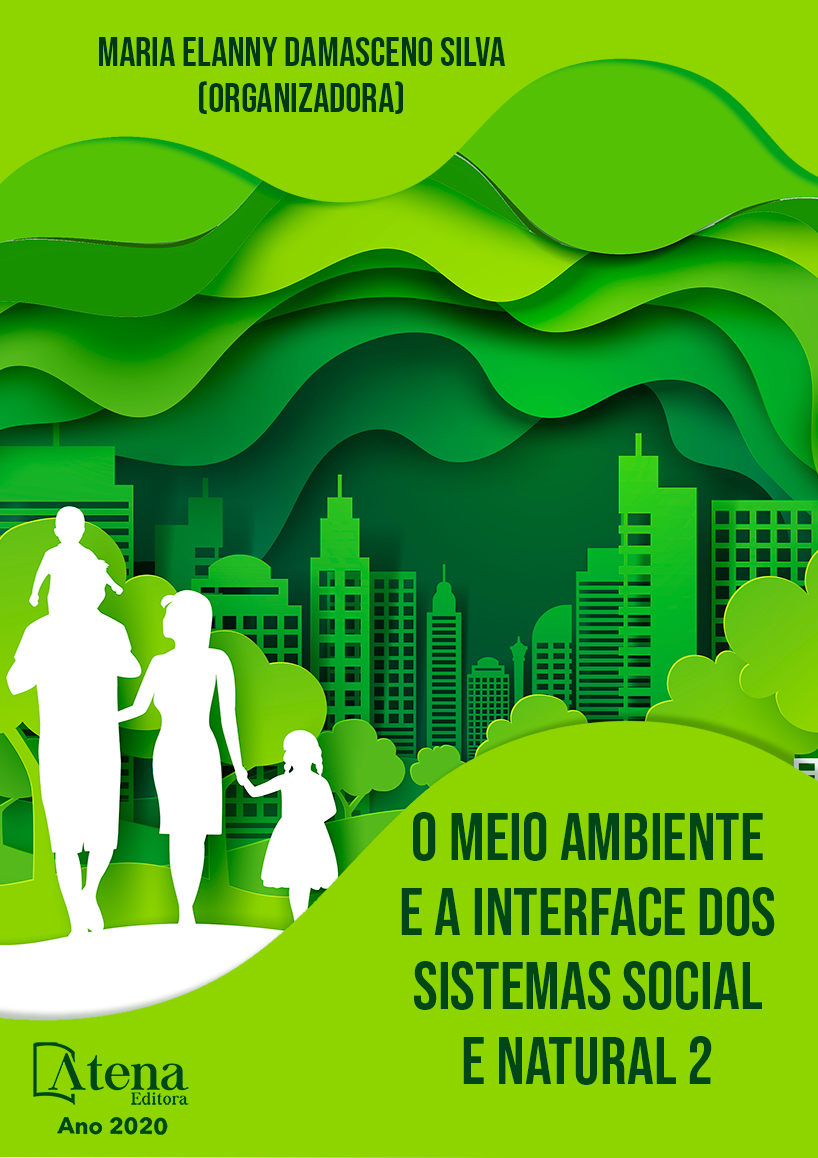
DA CIÊNCIA À ARTE: ONDA DE DESPERDÍCIO – OS PERIGOS VISÍVEIS E INVISÍVEIS DO LIXO NO MAR.
Os oceanos são de vital importância para os seres humanos, porém a poluição, em especial por lixo plástico, tem causado danos imensos. A ciência contribui para a elucidação da problemática, porém, devido, sua linguagem rebuscada, restringe a comunicação, enquanto a arte é um meio de expressão e uma linguagem universal. A ciência e a arte se complementam, se potencializam e permitem a explicação e compreensão de processos complexos de formas não lineares. A resolução para o problema do lixo no mar é complexa, urgente e por isso necessita de abordagens holísticas que mobilizem a sociedade e provoquem uma mudança de comportamento. O Espetáculo Onda de Desperdício foi criado por cientistas artistas para sensibilizar o público para a mudança de comportamento na luta contra a poluição dos recursos hídricos e dos oceanos, com o intuito de instaurar correlações entre os conhecimentos cotidianos e científicos. O processo de criação do espetáculo passou por cinco etapas, compreendendo pesquisa, escrita do roteiro, o como fazer em coreografias e recursos audiovisuais, a performance em si e a avaliação da intervenção. Dividido em 3 atos, sendo o primeiro relacionado a aproximação do público com o assunto; o segundo ato destinado a aproximação da dor dos oceanos, ao processo de resgate e conexão nas nossas relações com a natureza e o terceiro e último ato nos conectando através da água à alegria da vida a nossa luz interior e o poder de transmutação que cada um tem com simples mudanças de hábitos. Foram utilizados diferentes estilos de dança, elementos e cores para a experimentação do conteúdo levando o público por uma montanha russa de sensações, de forma sensível, acessível, emocionante e envolvente em um ano de apresentações, já foi assistido por mais de 4 mil pessoas de diferentes nacionalidades e realidades sociais no Brasil e na Índia.
DA CIÊNCIA À ARTE: ONDA DE DESPERDÍCIO – OS PERIGOS VISÍVEIS E INVISÍVEIS DO LIXO NO MAR.
-
DOI: 10.22533/at.ed.78420100822
-
Palavras-chave: Arte e Ciência, plástico, dança, popularização.
-
Keywords: Art and Science, plastic, dance, popularization.
-
Abstract:
The oceans are of vital importance, but the pollution has caused a great of damage. Science contributes to the illumination of the problem, but due to its far-fetched language, it enchants its knowledge to the scientific community. Art is fundamental, a mean of expression and a universal language. Science and art complement each other, strengthen each other and allow the explanation and understanding of complex processes in non-linear ways. The solution to the problem of waste on the sea is complex, urgent and therefore requires holistic approaches that mobilize society and bring about a change in behaviour. The Wave of Waste Show was created by artistic scientists to raise public awareness of practices change in the fight against water and ocean pollution, in order to establish correlations between daily and scientific knowledge and to move the public to act for the necessary transformations. The process of creating the scientific artistic spectacle went through five stages, including research, writing the script, how to do it in choreographies and audiovisual resources, the performance itself and the evaluation of the intervention. The spectacle was divided in 3 acts, the first one related to the approach of the audience with the subject; the second act destined to approach the pain of the oceans and the process of rescue and connection in our relations with nature and the third and last act connecting us through water to the joy of life to our inner light and the power of transmutation that each one has with simple changes of habits. Different dance styles, elements and colours were used to experience the content taking the audience on a roller coaster ride of sensations, in a sensitive, accessible and involving way the show in a year of presentations had been watched by more than 4 thousand people of different nationalities and social realities in Brazil and India.
-
Número de páginas: 15
- Katia Naomi Kuroshima
- Camila Burigo Marin


